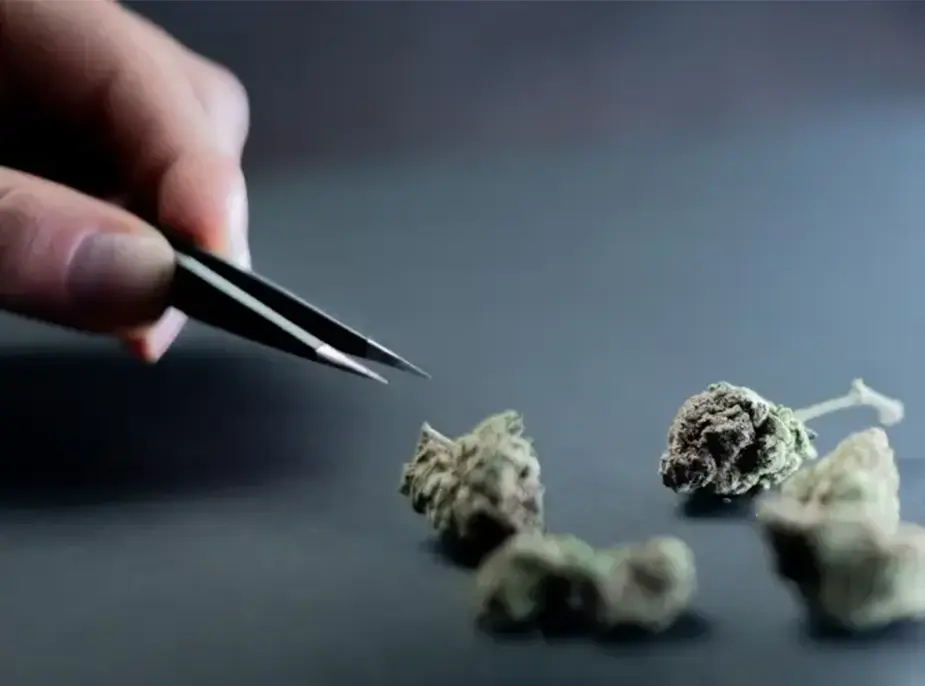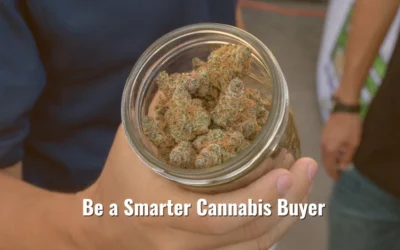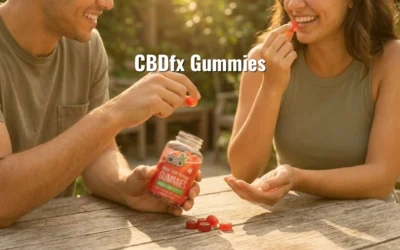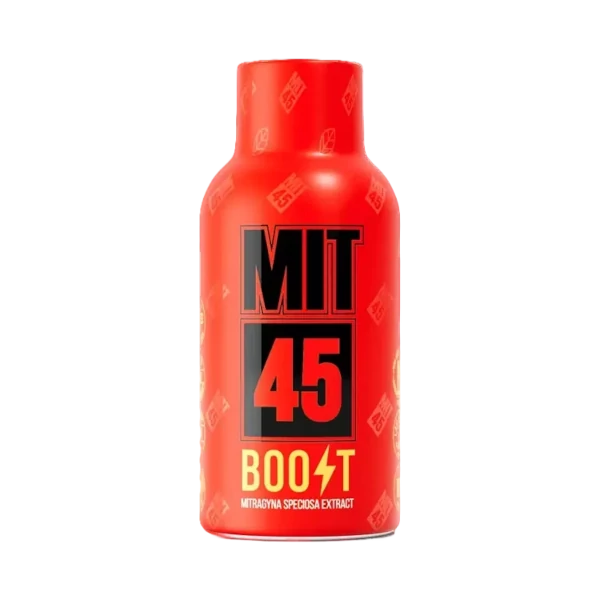
The Spectacular Rise Of Microdosing In Texas
Texas has always been known for being among the most innovative states in America, and for good reasons. The Lone Star State sits comfortably among the top ten largest economies in the world and has traditionally been a technology and innovation powerhouse.
These objective facts have made our state incredibly attractive for young entrepreneurs and professionals in the tech industry to move in and do business. The increased demand for STEM jobs has brought all the blessings of a highly specialized economy. However, this also brings some challenges that young people in intellectually demanding jobs face, given their competitive environment.
During the last few decades, microdosing, as a way to cope with stressful careers or as a tool to keep our senses sharp in the workplace, has experienced a sharp increase in popularity. A study published this year claims that more than 5.5 million adults consume hallucinogens. Unfortunately, this number does not tell us how these substances are used. Still, we know that microdosing gets underreported because the people who engage in it don’t usually see themselves as “users.” Instead, they regard microdosing as just another nutritional supplement, getting all the benefits of prescription drugs such as Adderall or Ritalin without any of their downsides.
But what is it exactly?
What is microdosing?
The consumption of psychedelic substances is usually frowned upon as they might cause undesirable or dangerous outcomes. However, taking a small fraction, usually between 5% and 10%, of the recreational dose has completely different effects. For example, many designers, programmers, and gamers report that it boosts their morale and improves their mood. In addition, doses are usually spaced out, so users do not develop tolerance and never experience awareness-altering trips.
So, microdosing is the use of certain substances way below the threshold of experiencing a high to leverage the milder or fringe benefits these substances provide.
Many professionals today claim that microdosing gives them a slight boost or nudge throughout their work week, making their jobs much more bearable or enjoyable while increasing productivity and focus. Accounts describing how microdosing helps people stay focused and boost performance at work have helped increase the popularity of microdosing in places like Silicon Valley, where staying sharp and consistently solving problems is paramount for success.
Specifically designed products, like our Live Rosin Gummies, contain the ideal ratio of THC and CBD to provide relief and relaxation without affecting awareness. That way, users know they’re getting the right concentration without any of the guesswork that’s usually required when microdosing.
Is Microdosing Safe?
In 1939, a chemist called Albert Hofmann was the first to synthesize lysergic acid diethylamide. He was so convinced the substance was safe that he took the first acid trip in 1943, and he continued to microdose until the respectable age of 102, claiming it clarified his thinking. We concede that this is only anecdotal evidence, but it can’t be ignored.
Studies today show that highly hallucinogenic substances, like the psilocybin that comes naturally from mushrooms, can cause certain adverse reactions depending on the quantity and quality (yes, some shrooms can be pretty toxic or cause really bad trips). That’s why most of these are not over-the-counter drugs, and most states prohibit their use.
Since these substances remain unregulated, it is hard to get microdosing right. In addition, there is no way to control strength or chemical qualities that might cause undesired side effects, so the results might vary considerably.
Fortunately, many of these substances, especially psilocybin, are currently being studied because of their therapeutic benefits when microdosing. The first phase 3 clinical trial for psilocybin is underway and might yield conclusive results about their safety by 2025.
How effective is microdosing?
Historically, there have been many studies about the effects of many substances over the last decades. However, the subjective nature of these effects has made it hard for scientists to quantify them or offer hard data. Every individual is different, and certain substances do not produce the same effects on everyone.
One other obstacle to accurately measuring the effects of microdosing is that the placebo effect is hard to block when studying psychoactive substances. Most people can feel the difference between a placebo and the real thing, so scientists cannot guarantee that studies are blinded.
However, there is strong evidence that microdosing can stimulate the development of new cellular connections, a process that slows down as we age. This renewed neuroplasticity might explain why so many uber-smart young professionals assert that microdosing has helped them restore their focus and drive while maintaining an improved attitude when facing challenges in their field.
While the jury is still out on whether microdosing is a valid therapéutic treatment, the evidence is overwhelmingly positive so far.
The Best Products For Microdosing
As we mentioned before, the nature of the substances used for microdosing, and the lack of regulation in this relatively new market, make it hard for many to obtain objective information from trusted sources. Moreover, getting the dosage right is extremely difficult as there have yet to be standards for many of the substances used for microdosing. However, we expect this to change in the coming years.
The good news is that there is ample literature about THC and its effects when microdosing. Some companies like Hometown Hero have a solid scientific background and offer great Delta-9 THC: CBD edibles. The best part is that their uncured hemp formula delivers an elegant yet exotic flavor that makes the whole experience unique.
If you are curious about microdosing, contact us or sign up for our newsletter to stay informed.



